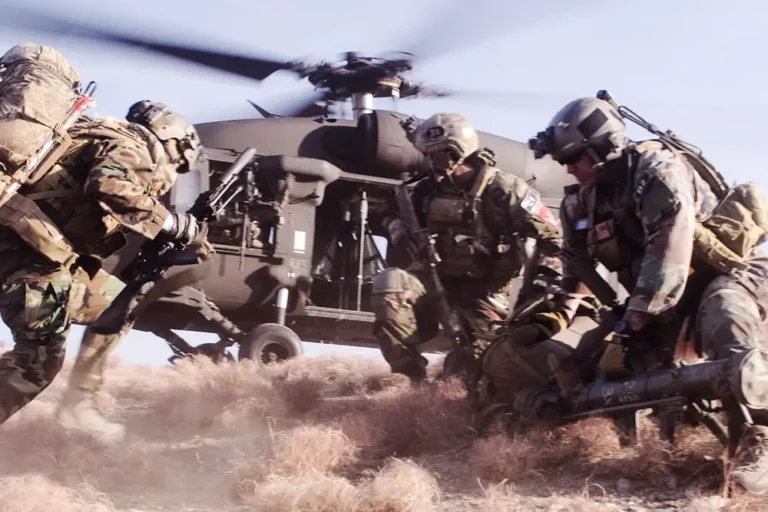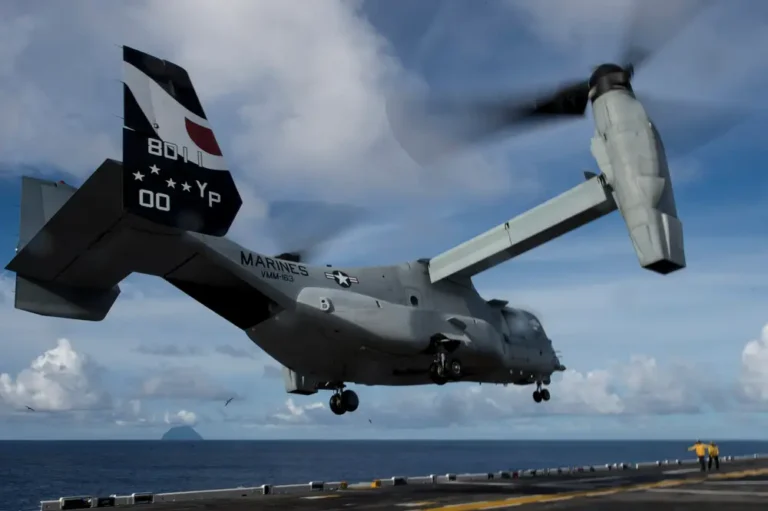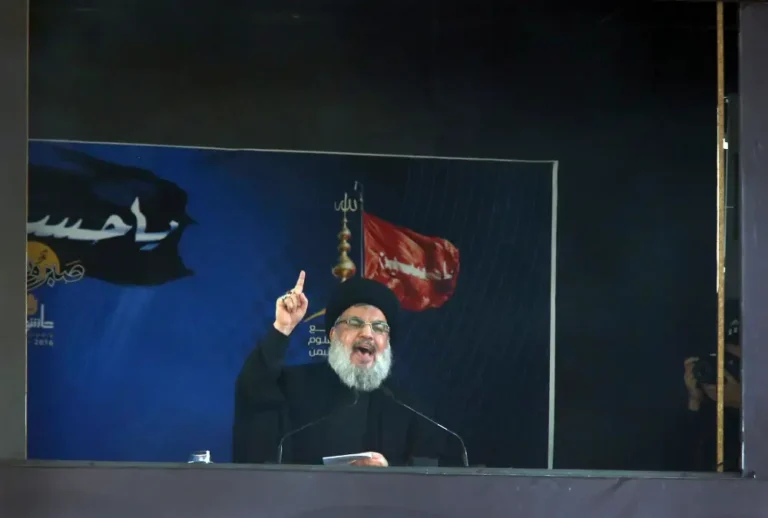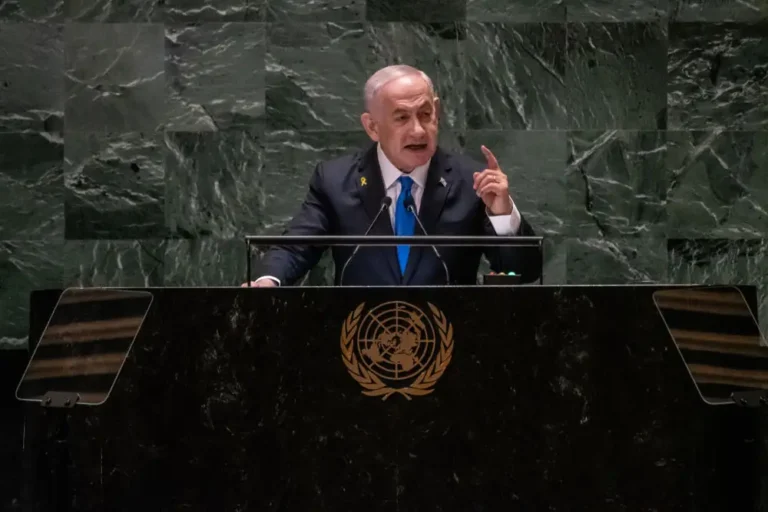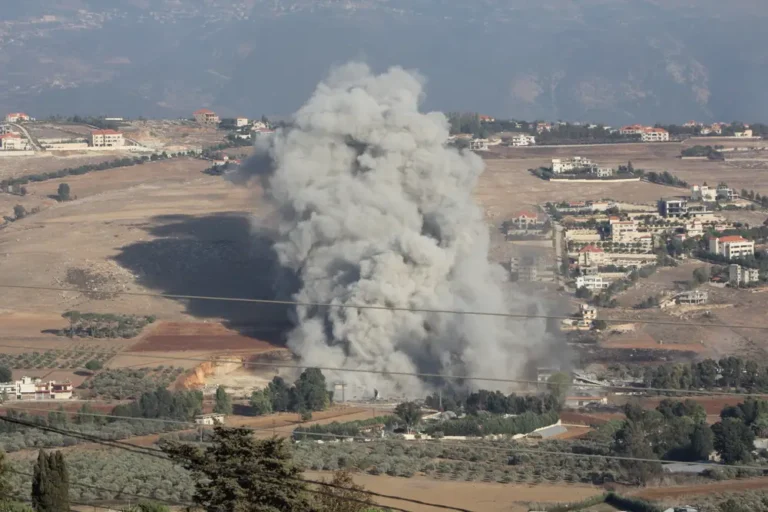US Navy’s friendly-fire F/A-18 accident echoes a 1988 tragedy
An F/A-18 Super Hornet takes off from the aircraft carrier Harry S. Truman on Dec. 28. Six days earlier, a nearby warship shot down an F/A-18 that had recently taken off.
On July 3, 1988, Iran Air Flight 655 took from Bandar Abbas Airport in Iran. There was nothing extraordinary about the morning trip. It was a routine, twice-weekly flight from Iran to Dubai, where the Airbus 300 airliner would fly just 30 minutes across the Persian Gulf before landing.
But within minutes, all 290 passengers and crew aboard Iran Air 655 would be dead. They were victims of two surface-to-air missiles fired by the US Navy cruiser USS Vincennes, which misidentified the airliner for an American-made F-14 jet fighter flown by Iran’s air force.
The recent downing of a US Navy F/A-18 Super Hornet over the Red Sea — another victim of an anti-aircraft missile fired by a Navy cruiser — is just beginning to be investigated. But the incident bears an eerie resemblance to the tragedy 37 years ago and raises questions about the capabilities of the Navy’s extensive and expensive air defense capabilities.
Then as now, the arena was the volatile and turbulent Middle East. The December 22nd downing of the F/A-18 came as US warships protect merchant ships from missile and drone attacks by Houthi rebels in Yemen, who are positioned at the Bab el-Mandeb chokepoint between the Red Sea and Indian Ocean. Multiple merchant ships, themselves defenseless from these attacks, have been sunk or damaged by the Houthis, who have also targeted American warships so far without success. Navy officers have described this as the service’s most intense fight at sea since World War II.
Just after being launched from the deck of the carrier USS Harry S. Truman, the F/A-18 was shot down by a missile fired by the cruiser USS Gettysburg (which nearly downed a second aircraft, per Fox News’ Lucas Y. Tomlinson). Both aviators were rescued without serious injury.
In the summer of 1988, the US Navy was facing a different foe nearby. Rather than the Red Sea, it was the Persian Gulf that had become a no-go zone. Iran and Iraq had been embroiled in a bloody war since Iraq invaded its neighbor in 1980. After years of deadlock and trench warfare, both oil-producing nations sought to undermine each other’s economies by targeting oil tankers carrying exported oil in what became known as the “Tanker War.”
In 1987, the US Navy began escorting commercial vessels in Operation Earnest Will. This was dangerous duty: The war was dangerous for escorts as well as merchant ships: in May 1987, the frigate USS Stark was hit by two Exocet anti-ship missiles launched by an Iraqi jet, killing 37 sailors and nearly sinking the vessel.
The attack on the Stark came after the Reagan administration had provided Saddam Hussein’s Iraq with military supplies and intelligence in its war with the hardline Islamic regime in Tehran (ironically, Reagan had also supplied weapons to Iran in the Iran-Contra scandal). By 1988, America and Iran were in an undeclared war. An Iranian minefield had damaged the frigate USS Samuel B. Roberts that April: the US responded with Operation Praying Mantis, which sank or damaged several Iranian warships.
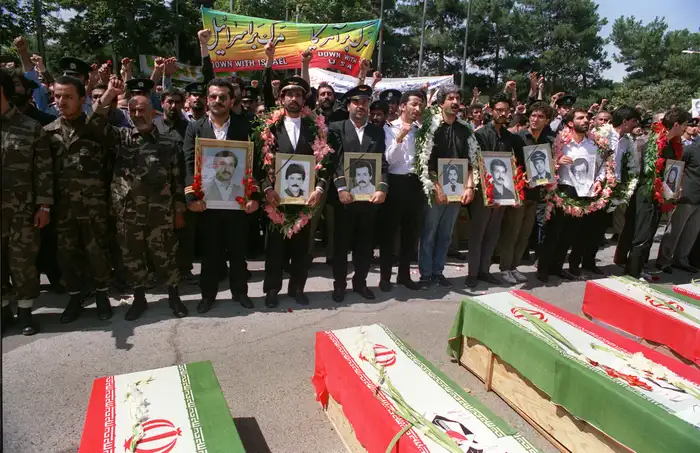
Thousands gathered in Tehran to mourn at the July 7, 1988 funeral service for the passengers and crew killed aboard Iran Air Flight 655.
Thus, tensions were already high that fateful July morning. American warships in the Persian Gulf — including the Vincennes — had been warned Iran might attack them. “For several months preceding the Airbus shootdown, the U.S. had received reports of Iranian efforts to improve their ability to attack U.S. men-of-war,” stated the Department of Defense’s report on the incident. These included arming Iran’s F-14s with air-to-surface missiles.
Iran Air 655 took off 27 minutes late from Bandar Abbas Airport, where F-14s were based as well as commercial aircraft. This shouldn’t have been a problem for the Vincennes, a 10,000-ton Ticonderoga-class cruiser equipped with the Aegis air defense system of radars and surface-to-air missiles, which made it one of the most advanced anti-aircraft warships in the world at the time.
Yet the cruiser confused a jet fighter on the ground with an airliner in mid-flight. “Although Flight 655 was detected by Vincennes’s radar shortly after takeoff, the cruiser also detected a Mode II (military) identification, friend or foe (IFF) reading, most likely from an F-14 on the ground at Bandar Abbas,” according to a U.S. Navy history. “The operator mistakenly correlated the Mode II signal with the aircraft taking off rather than with the plane on the ground.”
In other words, the Vincennes crew mislabeled an airliner with the IFF tail or unit number of a nearby military jet, starting the tragic turn of events.
Meanwhile, the Vincennes — which was in Iranian waters at the time — was engaging another threat: a swarm of Iranian gunboats that had threatened a Pakistani tanker and fired on a US Navy helicopter. When the mislabeled aircraft had closed to a range of 10 miles and had not responded to multiple radio calls, the Vincennes feared that it was an F-14 about to launch Maverick air-to-surface missiles. The cruiser fired two SM-2MR surface-to-air missiles.
The airliner disintegrated, with no survivors. The US government ultimately paid $61 million in compensation.
The US Navy investigation blamed the tragedy on several factors, including the cruiser battling Iranian surface ships, the airliner not responding to challenges, and the extremely short amount of time that Capt. William Rogers, the commander of the Vincennes, had to make a decision about the safety of his ship. Indeed, other American warships in the area had correctly identified the airliner. Rogers received the Legion of Merit, but other Navy officers “were less charitable, believing that Rogers’s over-aggressive actions had gotten him into a jam of his own making,” the Navy history noted.
While the Navy’s investigation of the F/A-18 shootdown is just beginning, the parallels with Iran Air 655 are troubling. Like the Vincennes, the Gettysburg was an Aegis-equipped Ticonderoga-class cruiser. Several airliners have been mistakenly shot down over the years, including Russia’s downing of Malaysia Airlines Flight MH17 in 2014, and Azerbaijan Airlines Flight J2-8243 last month (Russia has denied responsibility for that incident despite the evidence).
Ticonderoga-class cruisers possess some of the most advanced air defense capabilities in the world. Nor could the Vincennes and Gettysburg have fired missiles without multiple officers and crew involved. Even with advanced technology, there is always room for human error.

